Bees are a huge part of not only our lives as humans, but our lives as creatures on Earth. We see them everywhere, with mixed reactions. Most of us know what they do, pollinate flowers, make honey, and sting you if you scare them, but they're a pretty interesting insect.
So here are some cool facts to learn about bees!
1. Bees Feed the World
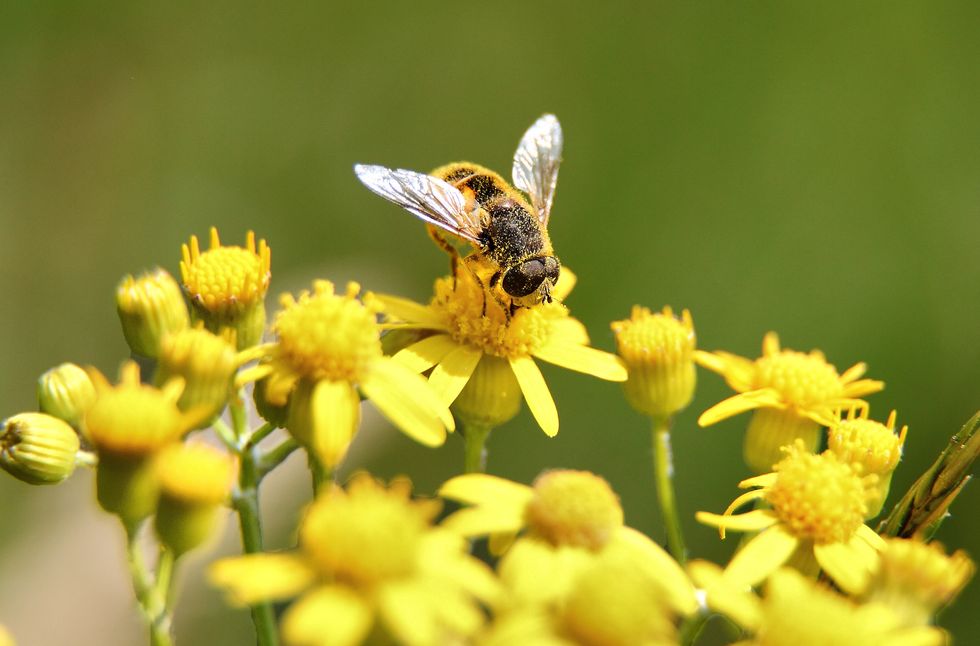
Bees pollinate one third of our food supply. Most of our fruits, vegetables, and beans all are made possible through the pollination of bees. Everything from avocados to peaches to broccoli is thanks to them.
And it doesn't just stop there, with what we eat. Due to their pollination, bees feed 90% of the world. All of the other animals on the planet rely on the foods the bees help create in order to survive.
2. Bees are Female-led

Bees are all born from a queen, who is a huge part of each hive, but all of the worker bees in each hive are female. While the queen is the only one who can reproduce, the male 'drones' all have the main role of mating with her, while all of the female 'worker' bees hold the important roles inside and outside of the hive to allow the group to thrive.
Female bees are also the only ones within the hive who have the ability to sting, and serve as the protectors of the hive.
3. Beehives are a Democracy

Although bees do have a queen, the hive functions through democracy.
Most of the daily tasks and work that bees do are mainly done through instincts, communicated across bees through chemicals and pheromones. However, when larger decisions have to be made, the queen does not have a role in this, rather, the decision is made through group consensus.
There is no ruling bee, rather, the hive functions as a large group, all on equal footing.
4. There are Over 20,000 Species of Bees
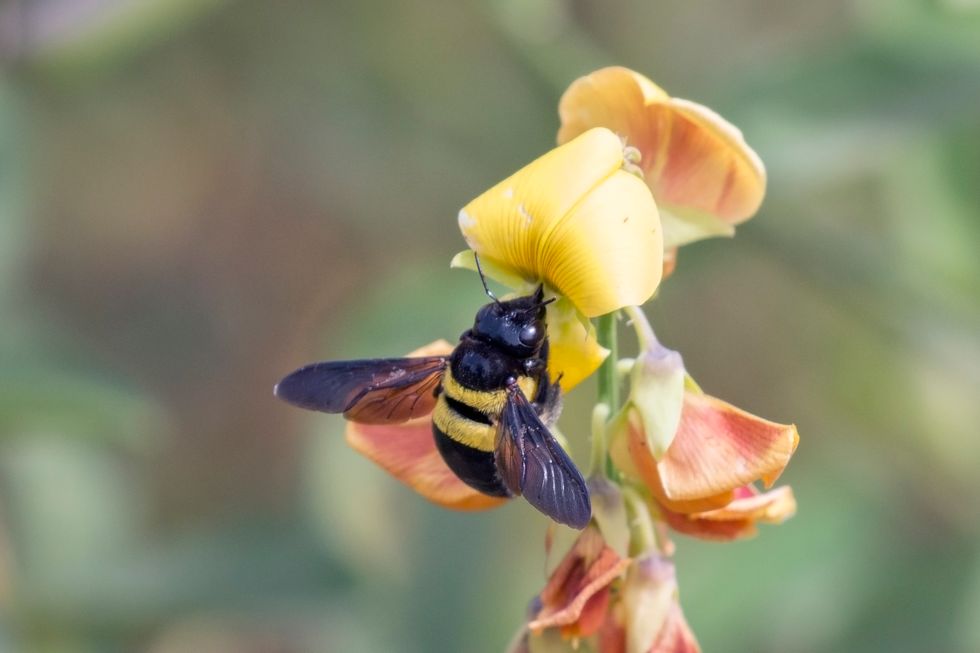
While most of us just know the basic honey bee, or the bumblebee, there are over 20,000 different species of bees recorded in the world.
For perspective: there are over 500 different species of carpenter bees, over 250 species of bumblebees, and over 40 subspecies of honey bees.
Most of these species are fairly docile, and extremely helpful.
5. Bees Have Incredible Communication
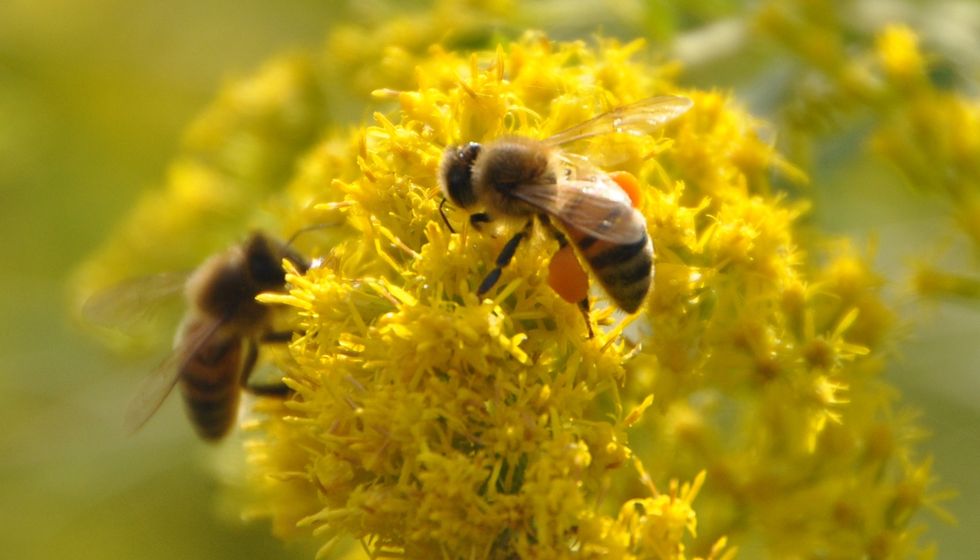
Bees have many incredibly advanced ways of communicating with each other. All of the ways they communicate aren't even fully understood yet.
One of these ways is through sending vibrations across the honeycomb hive to each other. Another is through little 'whoop' noises they make by vibrating their wing muscles when they bump into each other.
However, the single most important communication form they have, is communication through pheromones.
Bees have one of the most developed and sophisticated pheromone communication system in the world. It allows them to use chemicals in their bodies in order to transfer messages across the hive, and find each other.
There are dozens of different types of pheromones used to communicate, but one of the most important, and most interesting, is the "Queen Mandibular Pheromone".
This pheromone is what helps the queen to mate and lay eggs, and what stops the ovaries of the worker bees from fully developing. It also allows for the message of the well-being of the queen to be spread across the hive, so that when certain levels of this pheromone are felt, it signals a healthy queen.
6. Bees are Becoming Endangered
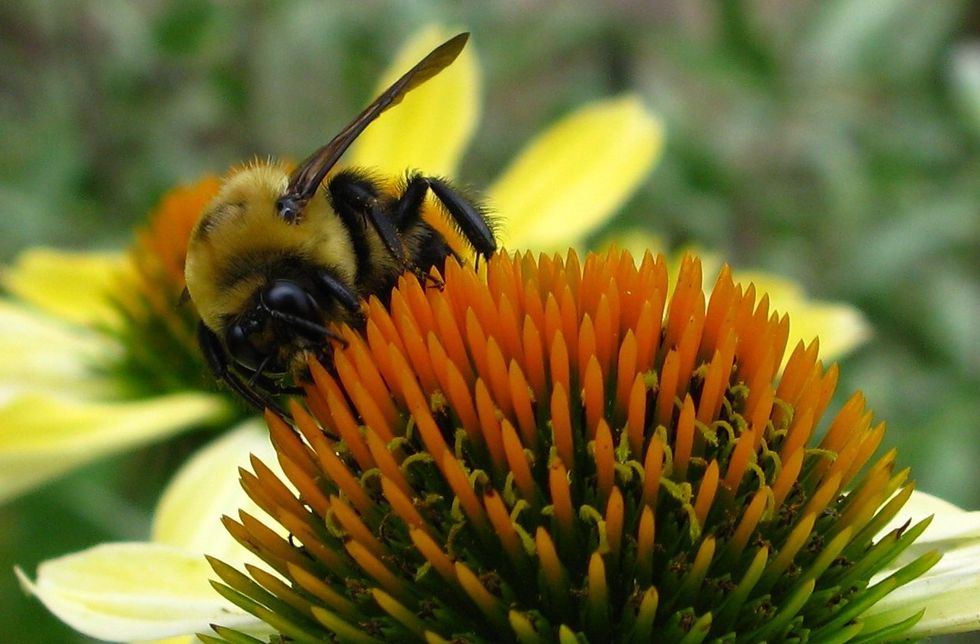
Last year, for the first time in history, a species of bumblebee was put on the endangered species list.
Over the past couple of years, bee numbers have been significantly dropping. With the widespread use of deadly pesticides, and the destruction of a lot of food and homes of bees, we've been seeing less and less of these friendly bugs.
We need bees. Bees are absolutely necessary to survival of so many species, ourselves included. They're fascinating creatures, and should be protected.
Don't ignore the bees.

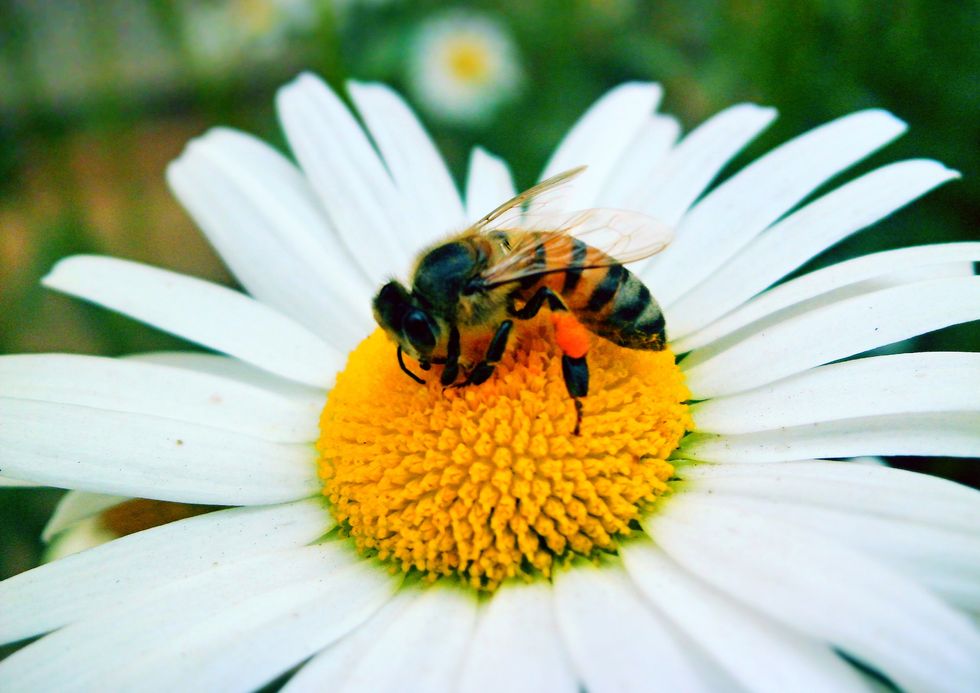

 Photo by
Photo by  Photo by
Photo by  Photo by
Photo by 



















